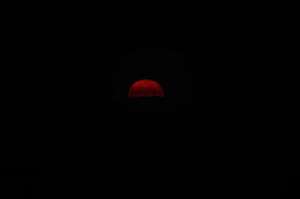A fantastic collection of images showing the Full Moon also known as the Buck Moon rising on the 3rd July 2023 by member Jim Burchell in the constellation of Sagittarius. All images were taken with a Pentax KP. It was also the 1st Supermoon of 2023.
The full Moon in July is called a Buck Moon after the new antlers that begin to grow from the forehead of a buck (male) deer at this time of year. They shed their antlers in the early spring or late winter, growing full again in July.
This Buck Moon is the first of four Supermoons that will rise this summer 2023 culminating with September’s Full Corn Moon on September 28th.
The Moon orbits the Earth in an elliptical shape rather than in a circle, so its distance to us (Earth) varies over time; so there are times in the Moon’s orbit when it is closer to the Earth and other times when it is further away. A Supermoon is a phenomenon that occurs when a full Moon takes place at the same time as the perigee; when the Moon is closest to the Earth.
A Supermoon is actually classified when a full Moon is closer than 360,000km to the Earth. This distance is around 21,000km closer than the Moon’s average distance from us of around 384,400km.
The Old Farmer’s Almanac which has published astronomical data for many centuries, says the Buck Moon would orbit closer to the Earth than any of the full Moons we have already had this year.
The end of August’s full Moon will be the only supermoon closer to the Earth this year, the publication said.
Below are Jim’s photos…..






Note that 2024 will have four full Supermoons in a row too. They will occur on August 19, September 18, October 17 and November 15.
